It just got easier to sign up for the Amazon One palm recognition service for entry, identification, payments
An Amazon One app has gone live, enabling customers to sign up for the service by taking a photo of their palm.
Amazon One is a palm recognition service for entry, identification, and payment.
Until now, people had to visit a physical location to hover their palm over a device to sign up for the service. Now, they can sign up from home, work, or on-the-go via the aforementioned app.
As a result, first time users will no longer require additional time to get onboard up during checkout.
They can create their online profile by logging into their Amazon account, taking a photo of their palm(s), and adding a payment method, all within the app.
Once they’ve signed up, customers can begin using Amazon One for payment, entry, age verification, and loyalty rewards by hovering their palm over a relevant device at any one of the 500+ Whole Foods Market stores in the US, several Amazon stores, and over 150 third-party locations in stadiums, airports, fitness centres, convenience stores etc.
Amazon says that the solution has been used more than eight million times, and over 80% of shoppers who use it at Amazon and Whole Foods Market stores choose to do so repeatedly.

Amazon One was developed using generative AI to create synthetic palm images, which were critical in training machine learning models. AI also powers Amazon’s latest offering - the ability to match a camera phone photo with near-infrared imagery from a device - while still maintaining an accurate and secure service.
When a customer who signed up via the app hovers their palm over a device the first time, the AI system is able to compare and match the palm and vein imagery captured by said device with their camera phone photo, and only at this time is enrolment considered complete.
Amazon One looks at both a user’s palm and its underlying vein structure to create a unique numerical, vector representation, called a palm signature, for identity matching.
The new AI innovation compares vector representations of palm images from the Amazon One app with the vector representation of palm and vein images from an Amazon One device. This allows Amazon to confirm that the person hovering their palm over the device is the same who signed up for the service using the app.
Palm images taken via the app are encrypted and sent to an Amazon One domain in the AWS cloud. These images cannot be downloaded or saved to a user’s phone, and the mobile app includes additional layers of spoof detection.

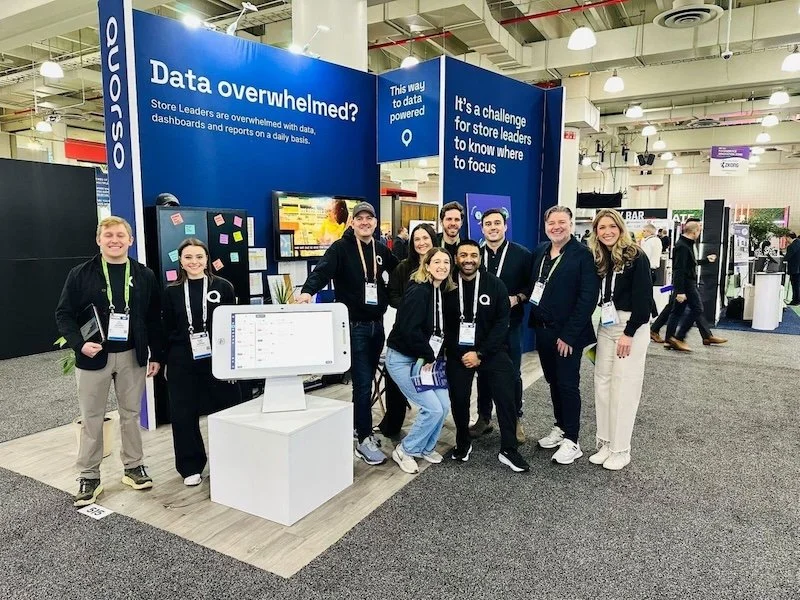
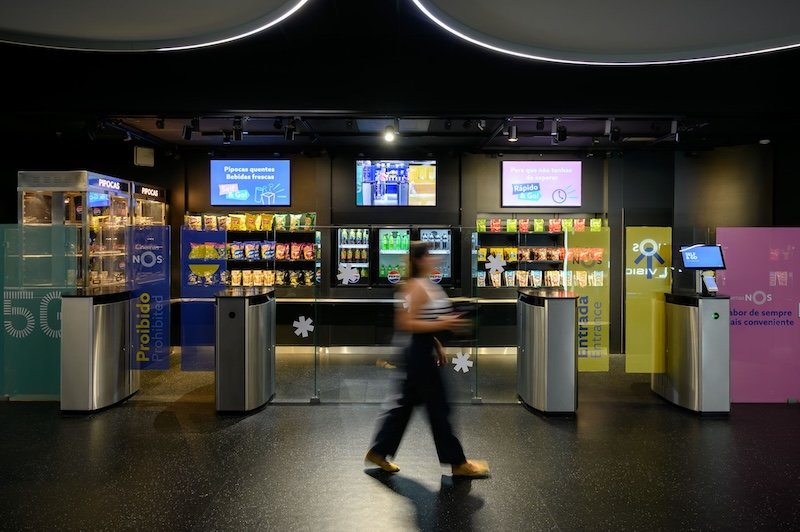



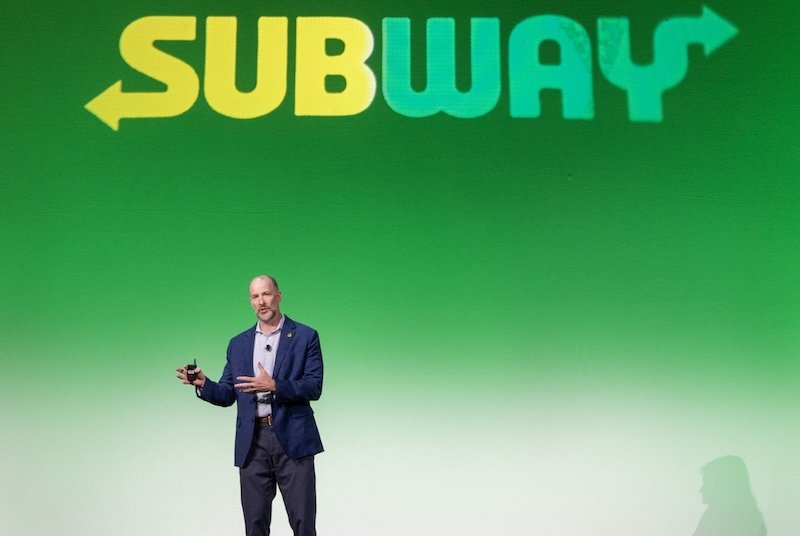

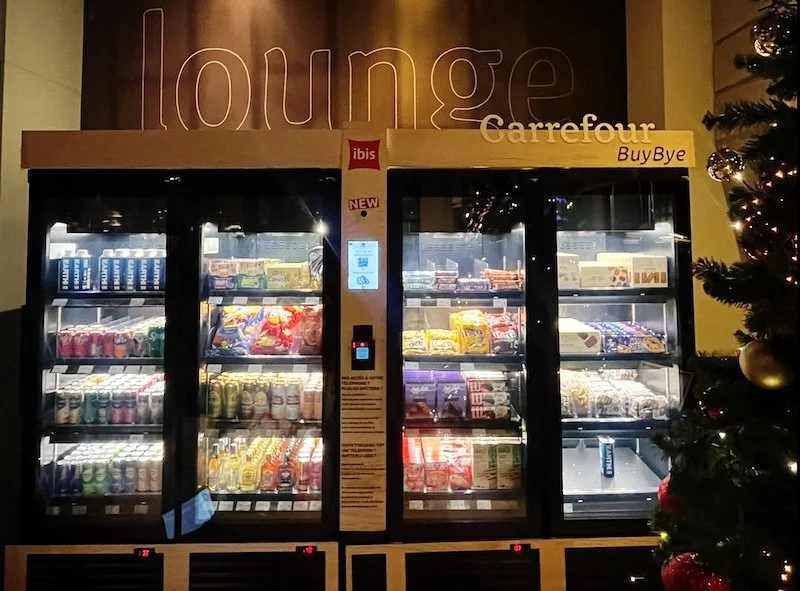





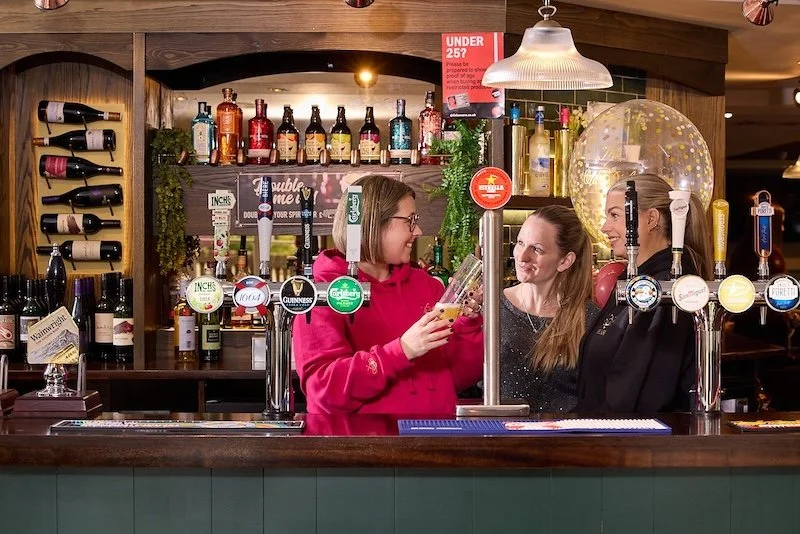















Continue reading…